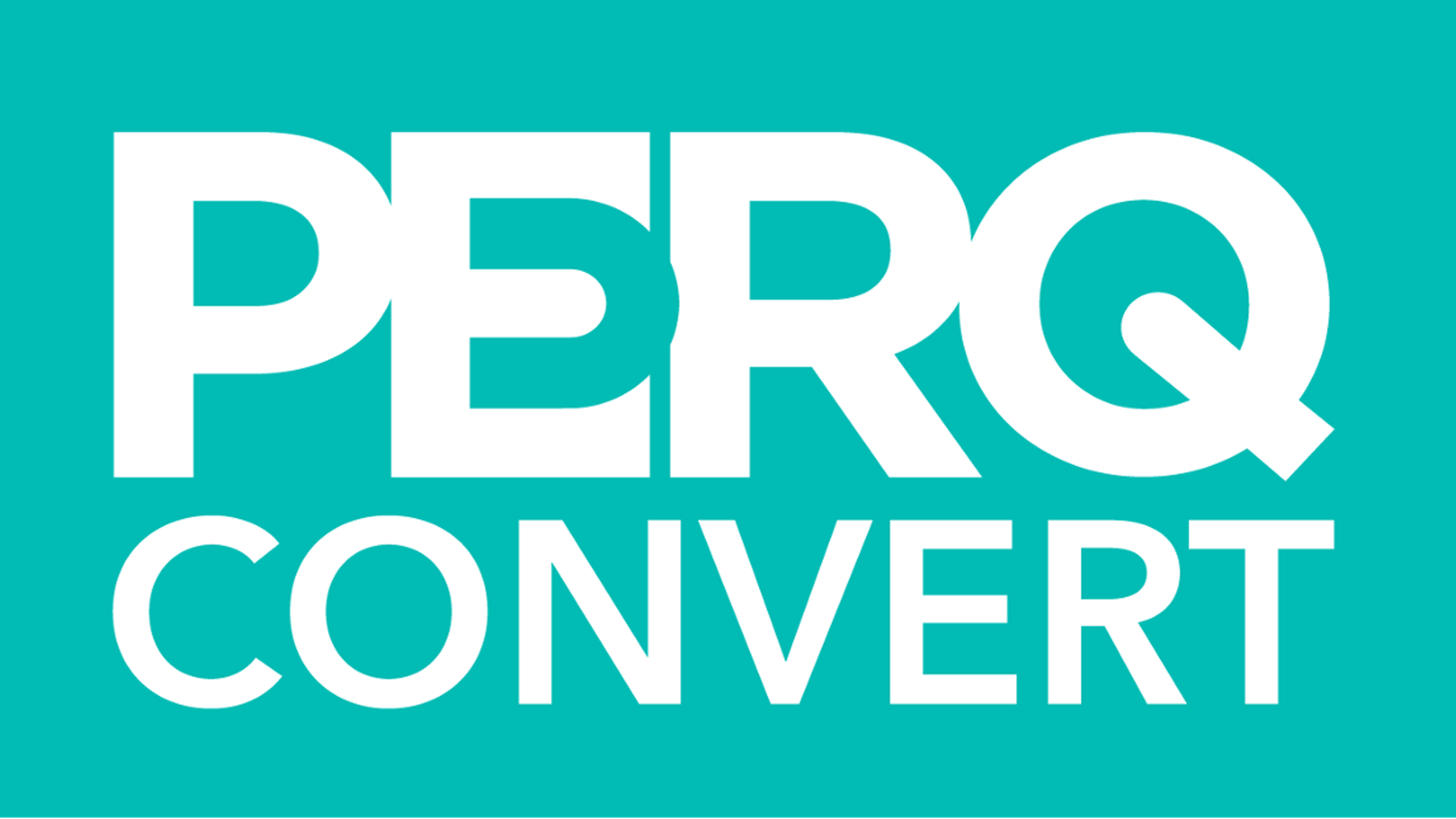Furniture Website Personalization Best Practices: Behavior Targeting, Smart Pathing, and Databases
Would you ever ask an in-store shopper their name several times? Or give them a special offer on a mattress when they already said they want a sofa? Of course not. To keep visitors engaged, retailers need to use furniture website personalization best practices that leverage behavior targeting, smart pathing, and database building. Follow below to learn about these three furniture website personalization best practices.
BEHAVIOR TARGETING
Behavior targeting with your calls to action, or CTAs, is a great way to track what a website user has looked at, what products they have engaged with and what interactive experiences they’ve completed. This is more commonly known as leveraging “cookies,” which helps retailers understand how to adjust their offerings to a website visitor’s interests to effectively personalize the online experience.
Remember how we mentioned that you wouldn’t give someone who said they were looking to buy a sofa a coupon for a mattress? Thanks to behavior targeting, if someone engages with sofas on your website, your CTAs will adjust to offer promotions on sofas. Taking it one step further, if a visitor engages with one of the promotions for a sofa, the next CTA may be to schedule a time to come into the store for a consultation. With behavior targeting, your website remembers what a consumer has already done and how they’ve engaged with your website and is trying to predict what their next steps will be.
SMART PATHING
Another one of the furniture website personalization best practices is Smart Pathing. Smart pathing, also known as dynamic pathing, is having the ability for all your experiences to keep track of what information your visitor has already provided and to not re-ask them for the same information. It allows you to ask something different to help move the consumer onto the next buying step and continue to build out their consumer profile (more on that in a second).
As we mentioned earlier, you wouldn’t keep asking a consumer their name once they get into the showroom! In the same vein, you wouldn’t keep collecting the same information on each experience the consumer goes through. For example, if you already have the consumer’s zip code, on the next experience, ask them if they plan to finance with you. If they answer “Yes” then ask for their email to send them a credit application. See how smart pathing is an intuitive way to understand the consumer’s journey and apply it to your website? As its name suggests, when you path out experiences on your website, you are increasing the personalization of your furniture website based on the buyer’s behavior.
BUILDING ONLINE DATABASES
In the showroom, you gather the information of each buyer after they have made a purchase so that you can follow up with direct mail. Wouldn’t it make sense to do the same on your website? In fact, wouldn’t it be even better to collect a consumer’s information on the website even if they did not make a purchase? Chances are good that your website is seeing more traffic than your showroom, so it’s strategic to begin your data collection at the beginning of the buyer’s journey.
Furniture retailers can set up their business for success farther down the line and begin opening channels of communication between your brand and the consumer. Begin by building your online database of information about your consumers from their very first interaction with your website. Collect data on your website for immediate follow up after a shopper’s initial visit. The data makes for less expensive and more effective marketing down the road. Furthermore, the best part about continuously gathering data is that you are building out a full consumer profile, instead of just capturing a name and email address over and over.
Based on our customers’ success since implementing an interactive website strategy, we’ve found that websites should be generating at least 3% of inquiries to website traffic. If you’re not at 3%, you do not have good conversion — and most of the furniture store owners or marketers we have talked with are at less than 1%. To put this in perspective, after only a year, you’d have thousands more people who you could affordably contact by email to inform them about new promotions or encourage them to visit your showroom. That’s why building an online database is so critical with the information you capture online.
When you combine behavior targeting, smart pathing and building online databases, your website becomes intelligent and dynamic. It means you’re better personalizing your website for furniture visitors and understanding their needs so that ultimately you can get them into your showroom. Understanding these furniture website personalization best practices is key to building trust.

